Comprehensive Analysis of Solder Material: Testing Methods and Instruments
Overview of Solder Material Testing
Solder, a critical component in electronic manufacturing, ensures electrical connections and mechanical stability. The performance of solder materials directly impacts product reliability, especially in cutting-edge technologies like aerospace, automotive electronics, and medical devices. **Rigorous testing** is essential to ensure solder meets the demanding requirements of these industries. This article explores the essentials of solder testing, including sample selection, testing items, instruments, and methods.
Selection of Solder Testing Samples
Testing begins with selecting representative samples that reflect the batch or production line's quality. Common samples include:
- Solder bars: Used in high-volume soldering processes.
- Solder wires: Essential for manual and automated assembly operations.
- Solder pastes: Critical for surface mount technology (SMT) applications.
Key Testing Parameters for Solder
The evaluation of solder materials typically focuses on the following key properties:
- Melting Point: Ensures compatibility with different soldering processes.
- Composition Analysis: Determines alloy constituents such as tin, lead, or silver.
- Mechanical Strength: Assesses tensile and shear strength to ensure durability.
- Wettability: Measures how well solder spreads over a surface.
- Electrical Conductivity: Verifies performance in electronic applications.
Instruments Used in Solder Testing
Advanced testing instruments are required to ensure precise and reliable results. Key instruments include:
- DSC (Differential Scanning Calorimeter): For determining melting points and thermal properties.
- XRF (X-Ray Fluorescence Spectrometer): Used for composition analysis with high accuracy.
- Universal Testing Machine (UTM): Measures mechanical strength under various conditions.
- Contact Angle Analyzer: Evaluates wettability and spreading behavior.
- Four-Point Probe: Assesses electrical conductivity of the solder material.
Methods of Solder Testing
The testing methodologies depend on the property being assessed. Some commonly used methods include:
- Thermal Analysis: Uses DSC to study phase transitions and thermal behavior.
- Elemental Analysis: Relies on XRF to identify and quantify alloy elements accurately.
- Shear and Tensile Testing: Evaluates mechanical properties under applied forces.
- Spread Testing: Assesses wettability by measuring the spread ratio on different substrates.
- Conductivity Measurement: Uses the four-point probe method for precise electrical analysis.
Conclusion
The testing of solder materials is a cornerstone of quality assurance in electronics manufacturing. By meticulously examining parameters such as composition, melting point, mechanical strength, and conductivity, manufacturers can ensure that solder meets the rigorous demands of modern applications. Employing advanced instruments and standardized methods enhances confidence in the performance and longevity of solder materials, ultimately contributing to the success of end products.
结语
以上是关于Comprehensive Analysis of Solder Material: Testing Methods and Instruments的介绍,如有其它问题请 联系在线工程师 。




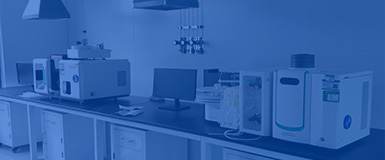
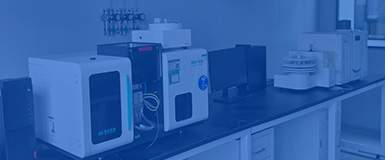
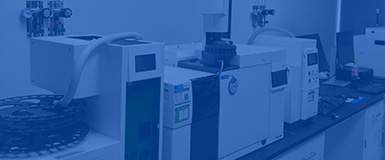

 第三方检测机构
第三方检测机构


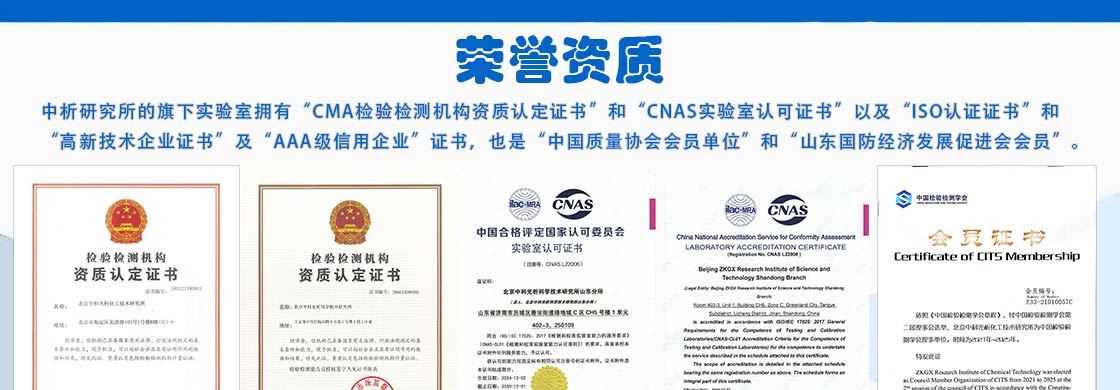
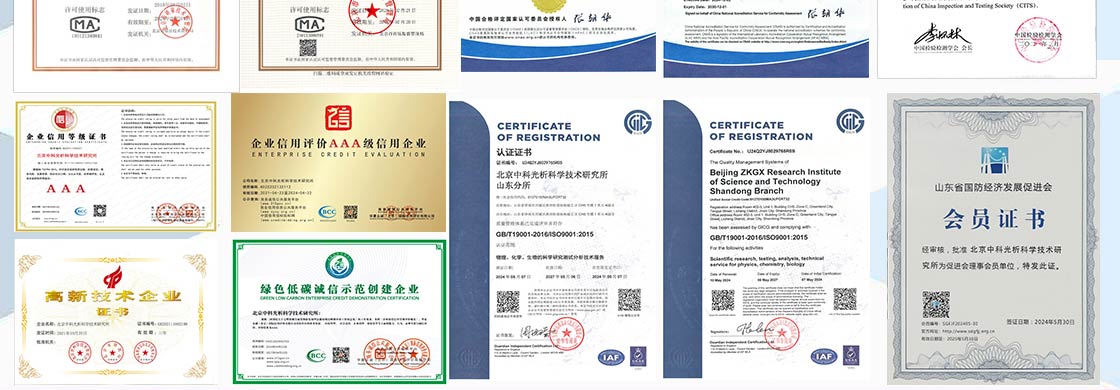

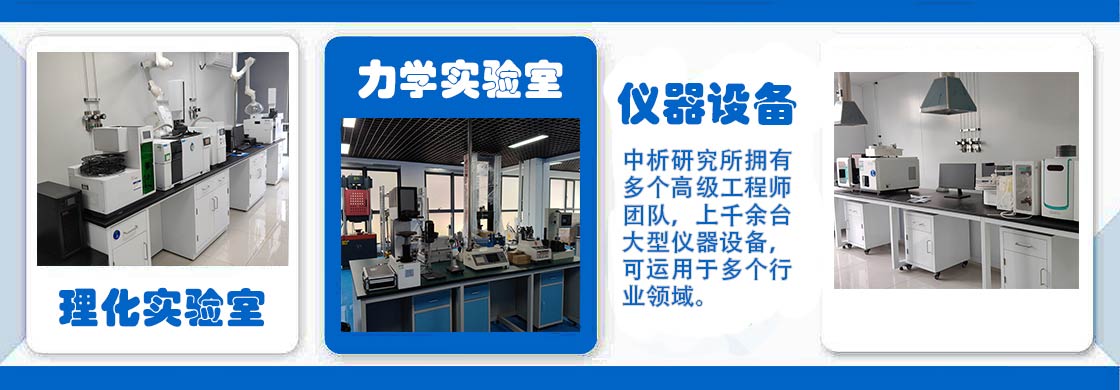
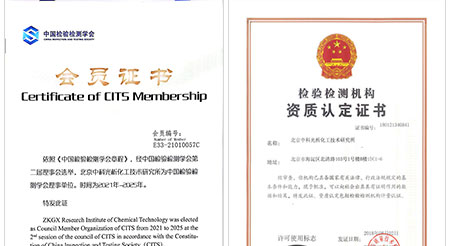
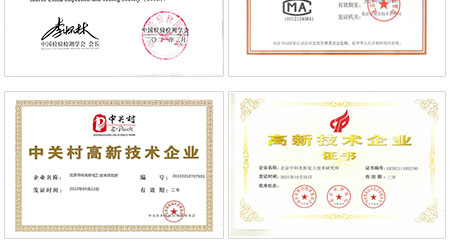



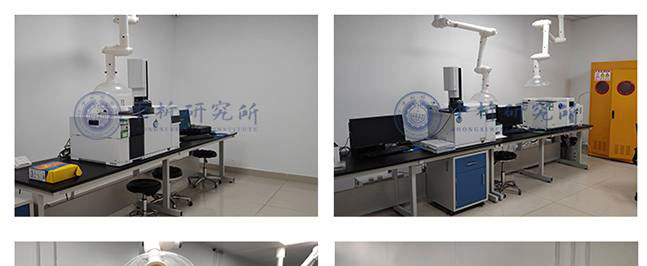
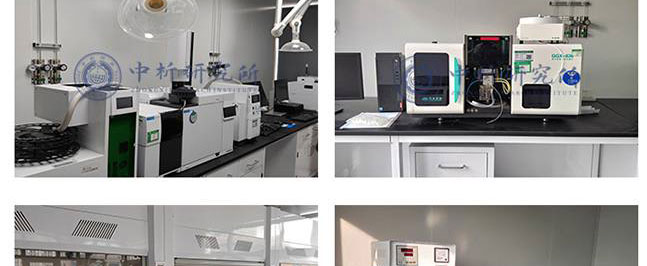
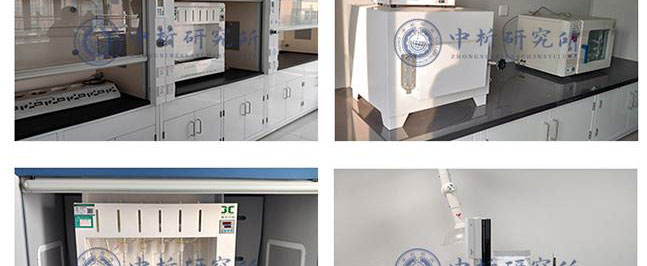
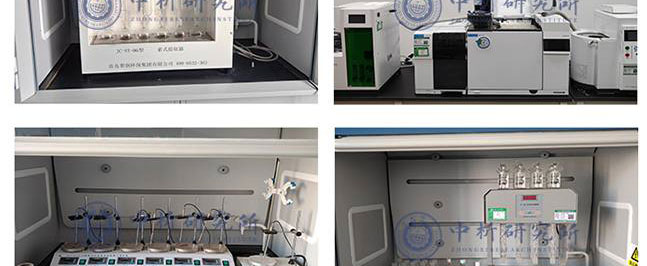
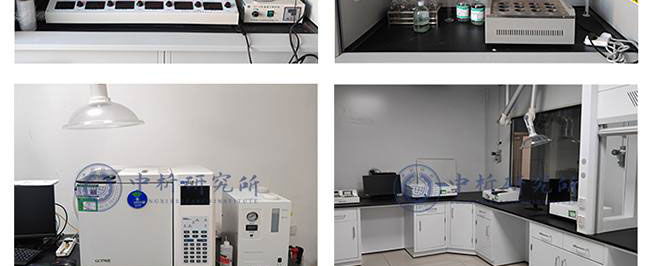
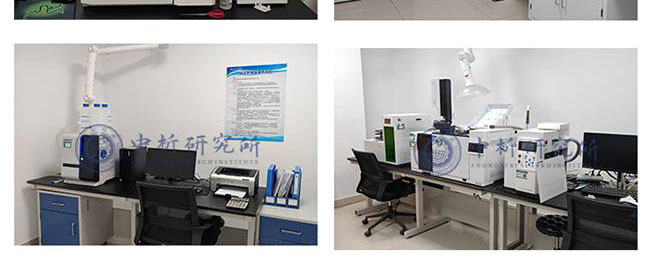






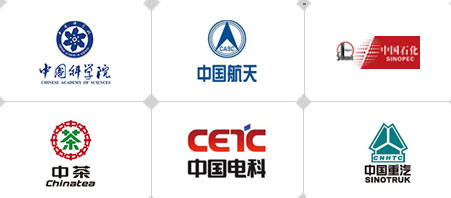










 备案号:
备案号: